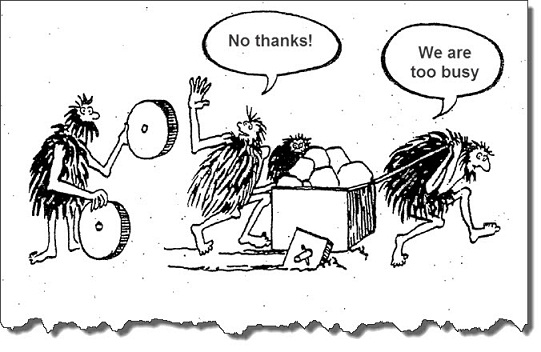Testing
The good, the bad, and the ugly
Created by Ted Winslow / Github: deltreey
Who am I?

What am I talking about?
Automated Software Testing
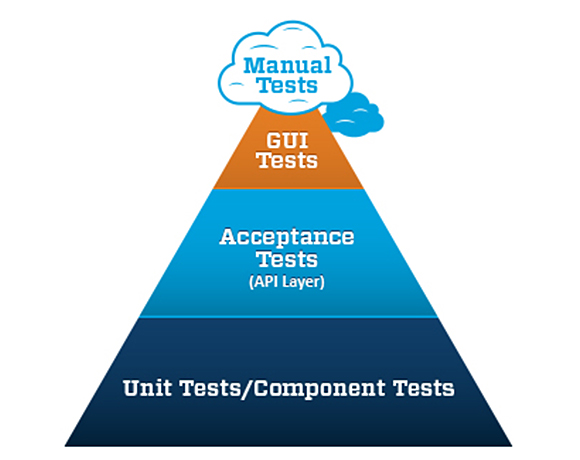
Types of Tests
How will I talk about tests?
- All the code
- From the tested code all the way down the stack
- Some segment of the code in the middle of the stack
- Only the method/function under test
Run all the code
- End to End <-- For clarity
- Integration
- Functional
- Situational
- Acceptance
Run from the tested code all the way down the stack
and segments of code in the middle of the stack
- Integration <-- For clarity
- Functional
- Unit
Run only the code under test (one method or function)
- Unit <-- For clarity
The Software Stack

End to End Tests - The Ugly
There need to be a bunch of these.
- every possible input to your program at the top of the stack
- include nulls
- verify error messages
- verify results <-- even wierd ones
- many assertions

What's their purpose?
- Show that your software actually works.
- Where you find logic errors and high level mistakes in your code.
- ONLY tests that will actually find bugs in your code base.
- Don't change often
- Often are very similar, making them easy to write
How does that look on the stack?
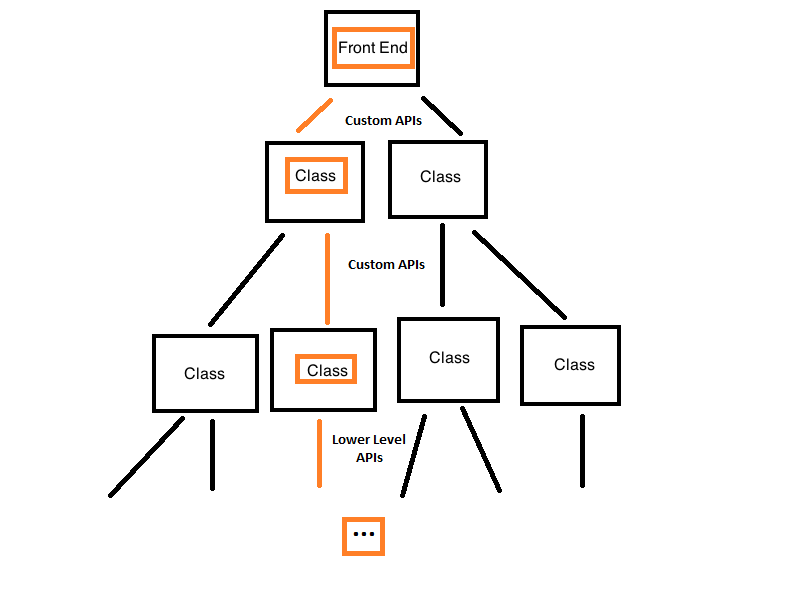
Integration Tests - The Bad
You build them when stuff doesn't work.
- As needed when debugging
- or scaffold a trust stack
- faster than end to end tests

What's their purpose?
- Help you write code
- You can see that new code really works on the stack
- They test how units work together...
- You don't have to test to the bottom of the stack!
How does that look on the stack?
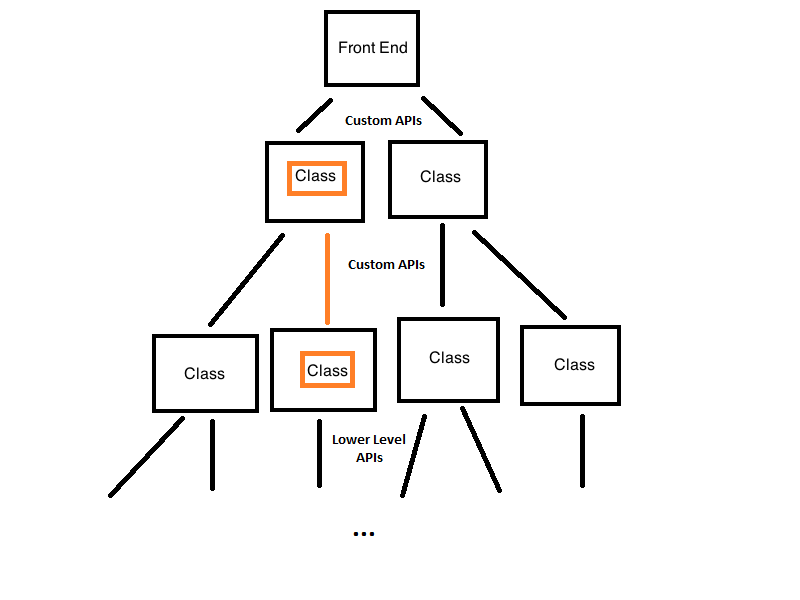
Unit Tests - The good
- Super fast!
- Build a trust stack and rely on one!
- Super short <-- You still need lots of them
- Live on Mocks

What's their purpose?
-
Changes to the code base cause them to fail
- Mutation Testing
-
Any and all possible inputs and outputs are tested
- Trust Stack
-
You no longer need to look at this code, as long as the tests pass
- This test and all end to end tests
How does that look on the stack?
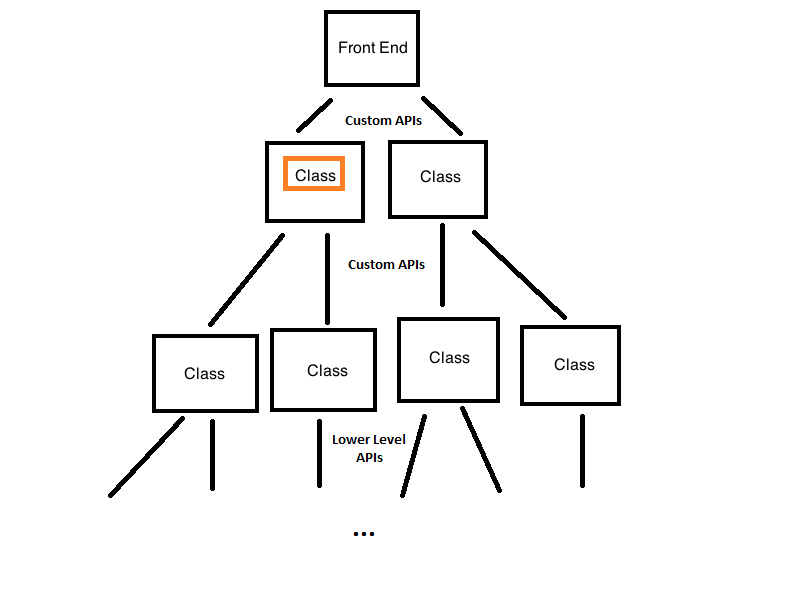
Examples Please
End to End
should('Write files to S3 when the user clicks save') do
# Given: the user has some files to save
file_path = 'test'
user_files = [{
name: file_path,
data: 'data'
}]
visit 'pages/s3'
page.files = user_files
# When: the user clicks save and we check S3
page.button({ id: 'save' }).click
s3 = S3.new
result = s3.read(file_path)
# Then: we should see the files are on S3
assert_false(result == nil)
end
Integration
should('result in the S3 bucket files being read in chunks based ' +
'on the selected chunk size, ignoring empty files') do
# Given: a file on S3 with more than 5 bytes of data
# and less than 10 bytes, a file on S3 with no data,
# and an S3Implementation object with the chunk size set to 5 bytes
s3 = S3.new
file_path = 'test'
s3.write(file_path + "/data", 'some data')
s3.write(file_path + "/nodata", '')
s3_implementation = S3Implementation.new(file_path)
s3_implementation.chunk_size = 5
# When: we iterate over the data with the s3_implementation object
count = 0
s3_implementation.each do |chunk|
count += 1
end
# Then: we should see 2 chunks: 2 for the file with more than 5 bytes,
# and none for the empty file
assert_equal(2, count)
end
Unit
should('set s3 chunk_size property') do
# Given: a value to set the chunk_size to and an S3Implementation
chunk_size = 9000
s3_implementation = S3Implementation.new('test')
# When: we set the chunk size to the new value
s3_implementation.chunk_size = chunk_size
# We should see that the S3 base object has the new chunk size
assert_equal chunk_size, s3_implementation.send(:s3).chunk_size
end
Code Coverage
- 100% for end to end
- 100% for unit
- That's 200%!
- 0 bug reports and 100% feature requests
- Not gonna happen overnight
Are you too busy?
